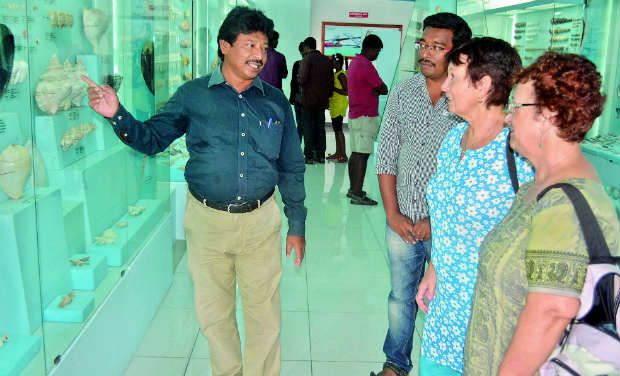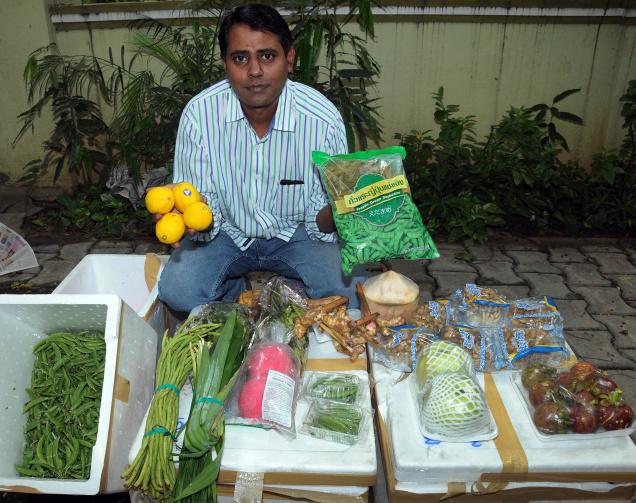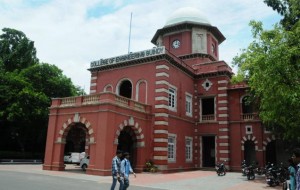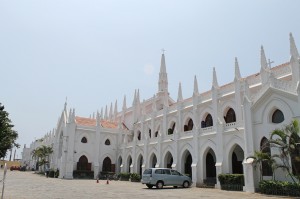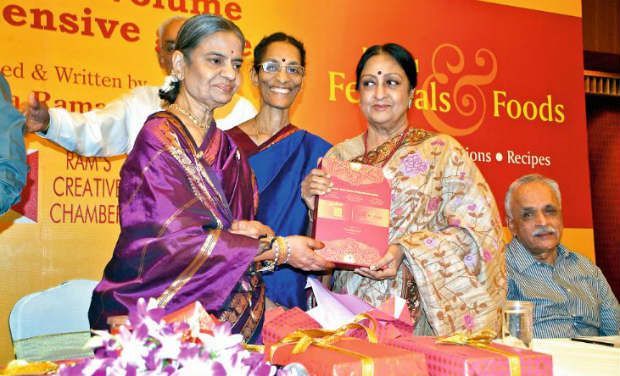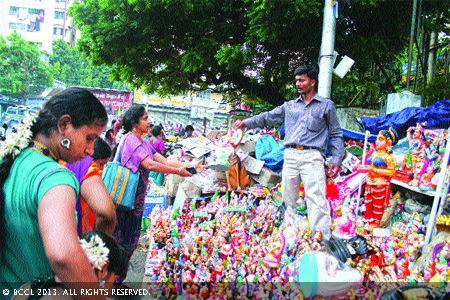Madurai :
Nineteenth century marked the growth of atheist movement in Tamil Nadu, emergence of caste identity and politics, participation of middle and lower middle class people in freedom movement, emergence of Tamil press and modern literature. Hence, learning about that period is essential to understand various social issues confronting Tamil Nadu now, said scholars at a seminar on ‘Tamil society and 19th century’ held in the city on Thursday.
“Though the Tamil society achieved significant growth during the 19{+t}{+h} century, it is yet to emerge out of the century,” said A R Venkatachalapathy, professor from Madras Institute of Development Studies.![]()
Addressing the gathering at the seminar organised by the department of Journalism and Science Communication of Madurai Kamaraj University in association with Kalachuvadu publishers, Venkatachalapathy said that 19th century brought modernisation of the society across the country. The railways, telegraph, ports and photography evolved in the country during that time with a significant impact on the society. Moreover the ‘rule of law’ and the constitution also came up in this period. Modern thinking evolved with the growth of printing, intellectual discussions, public speaking and journalism. The very concept of census, numbers and geographical maps also evolved during this period, he said.
The influence of Christianity also played a crucial role in the country as well as on the state. While the Catholic church started its influence in the country by 16th century itself, mainly among the affluent of the society,
the Protestant church influenced the lower strata of society. Both played a crucial role in modern thought and philosophy of the country especially in the state, Venkatachalapathy explained. “However the 19th century is yet to end in the state and we are left to wonder when the change over to next century will happen,” he said.
S Kannan, publisher of Kalachuvadu said that our perspective towards the past keeps changing with new information emerging about the past. The two-day seminar will discuss the key topics like public sphere and private sphere in colonial Tamil Nadu, cultural discussion in Tamil society, translating native scholarship on 19th century and enhancing orientalism, emergence of dalit print in colonial Tamil Nadu.
source: http://www.articles.timesofindia.indiatimes.com / The Times of India / Home> City> Madurai> Tamil Nadu / TNN / September 27th, 2013
